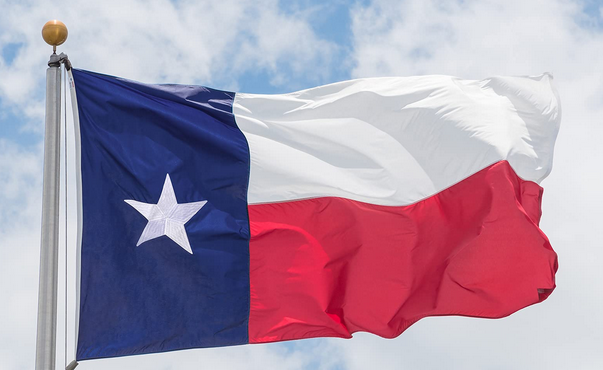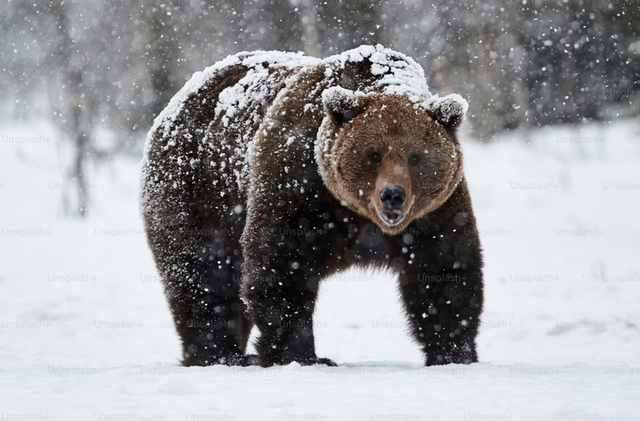Grizzly Bears in Alaska: A Thriving Population
The state boasts the largest population of grizzly bears in the United States, with an estimated 30,000 individuals roaming its diverse landscapes. This number represents a significant portion of the total North American grizzly bear population, making Alaska a crucial stronghold for the species.
Distribution and Habitat
Grizzly bears can be found throughout Alaska, from the coastal regions to the interior mountains. They inhabit a variety of habitats, including forests, tundra, and alpine meadows. Coastal areas are particularly important for grizzlies, as they provide access to salmon runs, a critical food source for the bears.
Conservation Efforts
The Alaska Department of Fish and Game plays a vital role in managing and conserving the state's grizzly bear population. They monitor bear populations, regulate hunting, and work to minimize conflicts between bears and humans. Additionally, numerous national parks and wildlife refuges in Alaska provide protected habitats for grizzlies, ensuring their continued survival.
Challenges and Threats
Despite their healthy population in Alaska, grizzly bears still face challenges and threats. Habitat loss due to development and climate change can impact their food sources and disrupt their natural behaviors. Human-bear conflicts, often resulting from improper food storage or intentional feeding, can lead to dangerous encounters.
Responsible Viewing and Safety
For visitors to Alaska, encountering a grizzly bear can be an unforgettable experience. However, it's crucial to prioritize safety and respect the bears' wild nature. Observing them from a distance, following park regulations, and properly storing food are essential for avoiding conflicts and ensuring the well-being of both bears and humans.
Alaska's grizzly bear population is a testament to the state's commitment to conservation and its unique natural heritage. By maintaining healthy ecosystems and promoting responsible wildlife viewing, we can ensure that these majestic creatures continue to thrive in the Last Frontier for generations to come.



